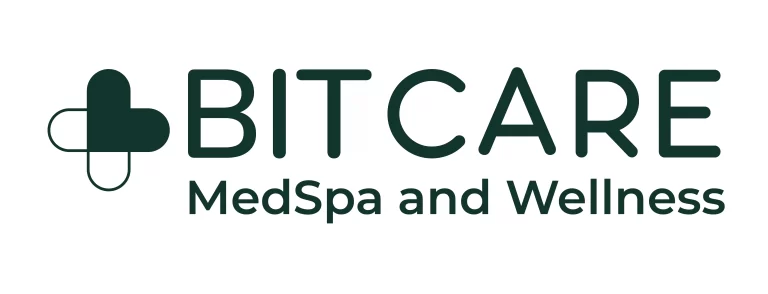
Microdermabrasion
Microdermabrasion is a non-invasive cosmetic procedure. This procedure is safe for all skin types. Using a tiny hand-held instrument, a skin care expert removes the top layer of skin. This technique evens out the skin’s appearance while reducing all skin issues and ageing indicators.
In order to revitalise the skin, a specialised applicator with an abrasive surface is used to gently sand away the skin’s thick outer layer.
A alternative kind of microdermabrasion uses a suction to squirt tiny sodium bicarbonate or aluminium oxide particles to achieve the same results as an abrasive surface. Continue reading to find out more about the process.
Uses and Benefits:
The goal of microdermabrasion is to make the skin very brighter and younger
- dullness in the complexion
- uneven skin tone
- uneven skin texture
- age spots
- dark spots that can form after acne clears up
- melasma, a common issue that forms dark spots or patches on the skin
- scars
How does microdermabrasion work?
The therapy typically lasts an hour and is done entirely in-office. A skilled healthcare professional is supervising this procedure. In this process, your physician will use a portable instrument to gently sand away the outer layer of skin from the targeted locations while you are seated in a chair. The skin will be treated with sunscreen or moisturiser at the end of the procedure.
Some more procedures for microdermabrasion based on the specific device used
- Diamond-tip handpiece
- Crystal microdermabrasion
- Hydra dermabrasion
Diamond-tip handpiece:
Your skin’s dead cells can be gently exfoliated with a diamond tip handpiece. It will immediately suck them off at the same moment.
The amount of force used on the handpiece and the amount of time the suction is left on the skin may have an impact on how deep the abrasion is. Use of this kind of microdermabrasion applicator is typically restricted to more delicate facial regions, such as those near the eyes.
Crystal microdermabrasion:
In Crystal Microdermabrasion, fine crystals are softly sprayed onto the skin to remove the top layers of skin. Dead skin cells are immediately suctioned off, much like the diamond-tip handpiece.
Aluminum oxide and sodium bicarbonate are a couple of the numerous crystal forms that can be used.
Hydra dermabrasion:
Hydra dermabrasion is more popular because of its benefits to the skin. It is safer and more effective and gives immediate results with no side effects. It maximizes blood flow to the skin. It involves combining simultaneous crystal-free exfoliation and infusion of products into the skin.
Side effects:
After treatment for a few days, a person may notice
- skin swelling
- skin redness, similar to sunburn
- bruising
- a burning or stinging sensation
- increased sensitivity of the skin to sunlight
After the treatment, it’s better to apply sunscreen or moisture is reduce the risk of side effects.
Preparing for microdermabrasion:
Microdermabrasion is a nonsurgical and minimally invasive procedure. There are very few things to do before your treatment.
Before beginning your treatment, it is best to speak with a skin expert if microdermabrasion is the best option for you. Discuss in greater detail with the doctor your allergies, medical concerns, and any previous cosmetic procedures you may have undergone.
Avoid sun exposure and using toning creams. Additionally, it is advised to avoid using exfoliating lotions one week before the treatment and masks three days before the treatment.
What to expect after microdermabrasion:
There is no recovery period following microdermabrasion. You can start carrying out your daily routine activities right away. Use moderate skin care products and keep your skin nourished. After treatment, refrain from using skin care products containing chemicals for at least one day, and use sunscreen to protect your skin.
After the procedure, you may already see a difference. The severity of your skin will determine how many microdermabrasion treatments you need. A schedule for the initial number of sessions as well as recurring maintenance treatments will probably be created by your healthcare provider.



